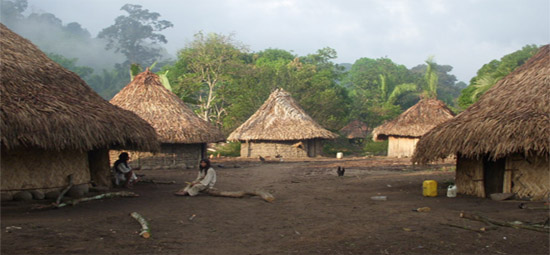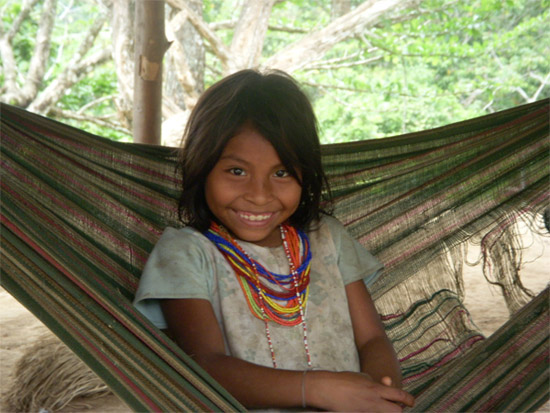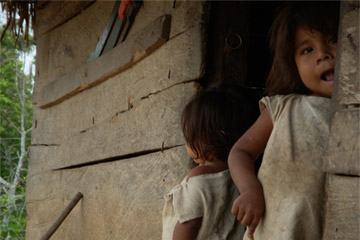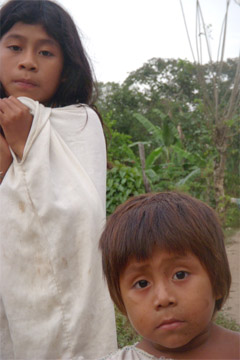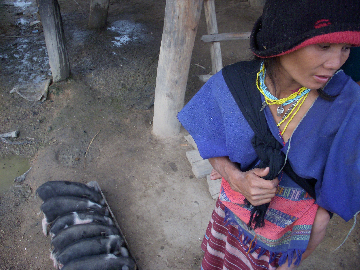PEOPLE DEFINED as “indigenous” are those with the earliest historical connection to the places they inhabit. More often than not, they are isolated from modern civilization, which has both positive and negative implications. Access to modern health care and education is limited, but their culture and way of life is most often pristinely intact.
Visiting an indigenous community can be among the most eye-opening experiences a Western traveler can have. After camping with indigenous people in Kenya, Thailand, Colombia, and Peru, I’ve learned that these principles hold true regardless of where you are.
